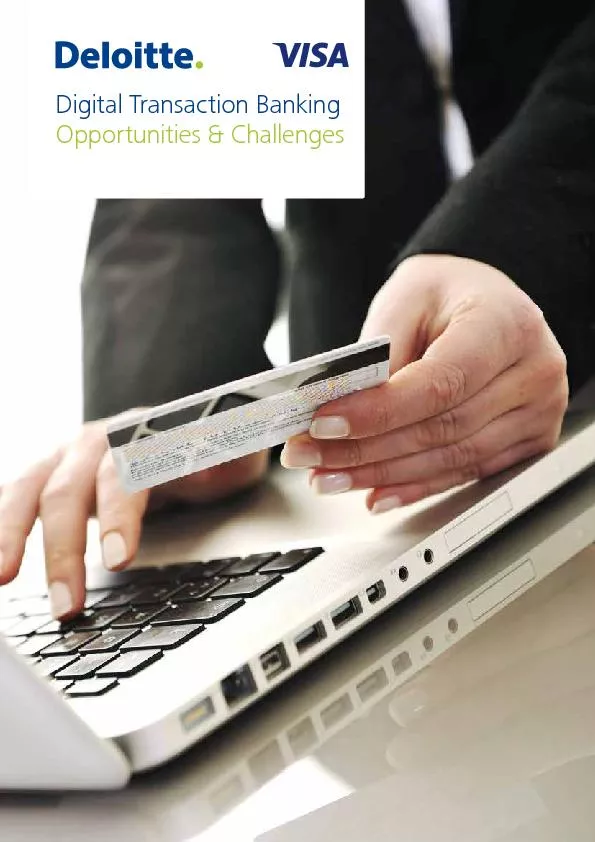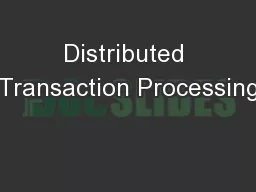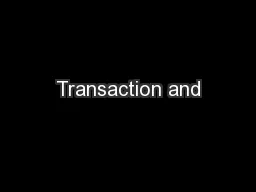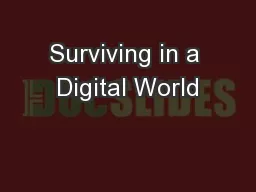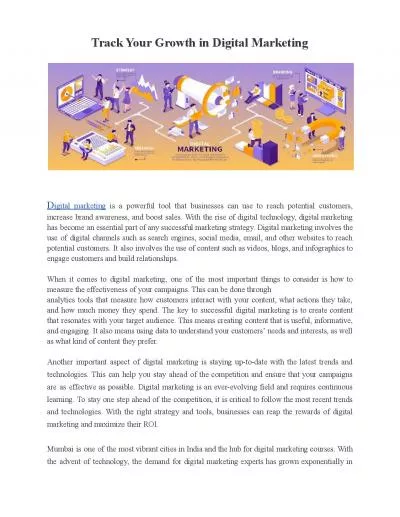PDF-Digital Transaction BankingOpportunities & Challenges
Author : marina-yarberry | Published Date : 2016-08-15
Contents ForewordAn era of digitisationThe evolving transaction banking landscapeImplications for transaction banks Case studiesLooking forwardImportant Notice from
Presentation Embed Code
Download Presentation
Download Presentation The PPT/PDF document "Digital Transaction BankingOpportunities..." is the property of its rightful owner. Permission is granted to download and print the materials on this website for personal, non-commercial use only, and to display it on your personal computer provided you do not modify the materials and that you retain all copyright notices contained in the materials. By downloading content from our website, you accept the terms of this agreement.
Digital Transaction BankingOpportunities & Challenges: Transcript
Download Rules Of Document
"Digital Transaction BankingOpportunities & Challenges"The content belongs to its owner. You may download and print it for personal use, without modification, and keep all copyright notices. By downloading, you agree to these terms.
Related Documents

